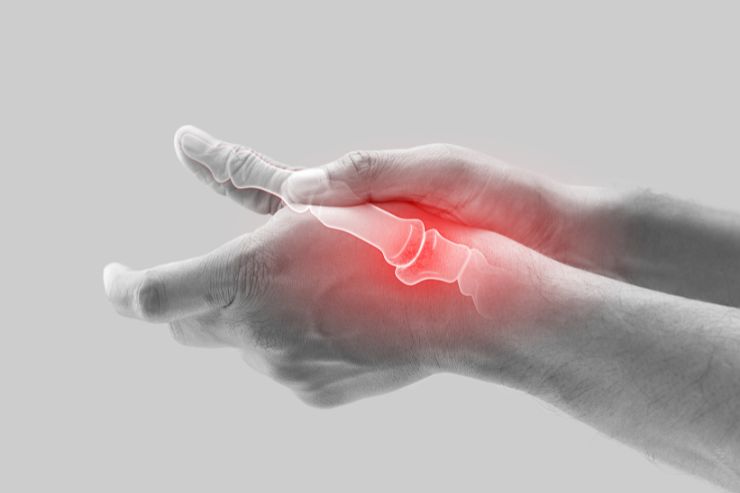Osteoporotic Fractures
- Home
- Treatments
- Osteoporotic Fractures

Osteoporotic fractures are breaks in the bone that occur due to osteoporosis, a condition characterized by weak and brittle bones. Osteoporosis often develops silently over many years, making bones more susceptible to fractures even from minor falls or injuries. These fractures are common in older adults, particularly postmenopausal women, and can lead to significant pain, disability, and a decreased quality of life.
What Causes Osteoporotic Fractures?
Osteoporotic fractures result from a combination of factors, including:
- Bone Density Loss: Osteoporosis occurs when the body loses more bone mass than it can replace, resulting in a decrease in bone density and strength.
- Hormonal Changes: In women, decreased estrogen levels after menopause can accelerate bone loss. In men, lower testosterone levels can also contribute to reduced bone density.
- Age: Bone density naturally decreases with age, making older individuals more susceptible to fractures.
- Nutritional Deficiencies: Insufficient calcium and vitamin D intake can weaken bones over time.
- Sedentary Lifestyle: Lack of weight-bearing exercise can lead to weakened bones.
Common Sites of Osteoporotic Fractures
Osteoporotic fractures can occur in various locations, with the most common sites being:
- Hip: Hip fractures can occur from falls and often require surgical intervention, as they can significantly affect mobility and independence.
- Wrist: Often resulting from falls onto an outstretched hand, wrist fractures are common in older adults.
- Vertebrae: Compression fractures in the spine can occur without a fall, leading to back pain and loss of height.
Symptoms of Osteoporotic Fractures
Symptoms can vary depending on the fracture’s location, but common signs include:
- Sudden Pain: Acute pain at the site of the fracture, often worsening with movement or pressure.
- Swelling and Bruising: Swelling around the affected area, along with possible bruising.
- Limited Mobility: Difficulty moving the affected limb or bearing weight, especially in hip fractures.
- Deformity: In some cases, the injured area may appear out of alignment or deformed.
Diagnosis and Treatment of Osteoporotic Fractures
Diagnosing osteoporotic fractures typically involves a combination of physical examinations and imaging tests, such as X-rays or CT scans. Treatment options may include:
- Pain Management: Medications, such as analgesics and anti-inflammatory drugs, can help manage pain and discomfort.
- Surgical Intervention: In some cases, surgery may be necessary to realign bones, especially for hip or vertebral fractures. Procedures can include hip replacement or spinal fusion.
- Rehabilitation: Physical therapy is crucial for recovery, focusing on strengthening exercises and improving mobility.
- Osteoporosis Management: Long-term treatment for osteoporosis may involve medications such as bisphosphonates or hormone replacement therapy, along with dietary modifications to ensure adequate calcium and vitamin D intake.
Preventing Osteoporotic Fractures
Taking proactive steps can help reduce the risk of osteoporotic fractures:
- Regular Screening: Bone density tests can identify individuals at risk for osteoporosis and fractures, allowing for early intervention.
- Balanced Diet: Consuming a diet rich in calcium and vitamin D can help maintain bone health. Foods like dairy products, leafy greens, and fortified cereals are excellent sources.
- Weight-Bearing Exercises: Engage in regular physical activity, including weight-bearing and resistance exercises, to strengthen bones and improve balance.
- Fall Prevention: Implement safety measures at home, such as removing tripping hazards, ensuring adequate lighting, and using assistive devices if necessary.

